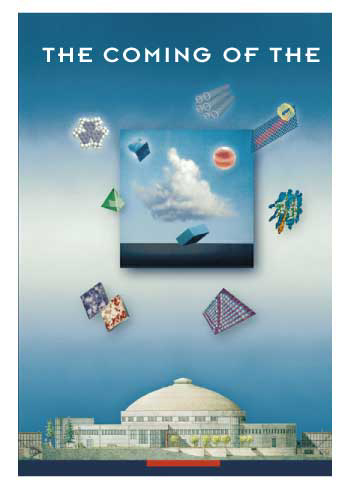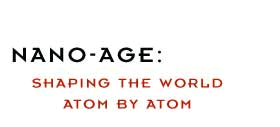 |
 |
|
| BY LYNN YARRIS | ||
"The emerging fields of nanoscience and nanoengineering are leading to unprecedented understanding and control over the fundamental building blocks of all physical things. This is likely to change the way almost everything-from vaccines to computers to automobile tires to objects not yet imagined-is designed and made." National Science and Technology
Council (NSTC) |
||
 n Neal Stephenson's acclaimed science fiction novel The Diamond Age, nanotechnology is the basis for remarkable machines called "matter compilers" which are capable of creating just about any object a programmer can imagine, assembling these constructs atom by atom, molecule by molecule. Through nanotechnology, a blank sheet of paper becomes a voice-activated wireless Internet connection, human bodies are enhanced with bioelectronic implants, and a supercomputer is contained within a young girl's primer. To be sure, this is speculative fiction. But it is not so far beyond the fringe of possibilities. Even the most conservative seers predict that nanotechnology will revolutionize our production and use of materials. Whether bold or cautious in their forecasts, on one point all in-the-know nanobuffs agree: the next big thing in technology is going to be very very small. |
| < Research Review | Top ^ | Next > |